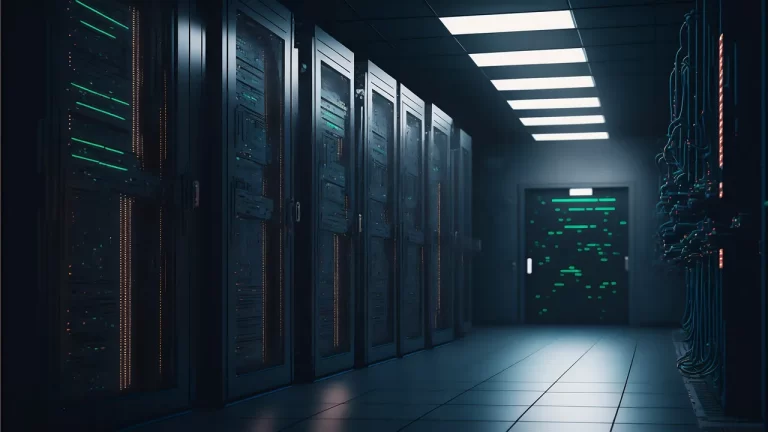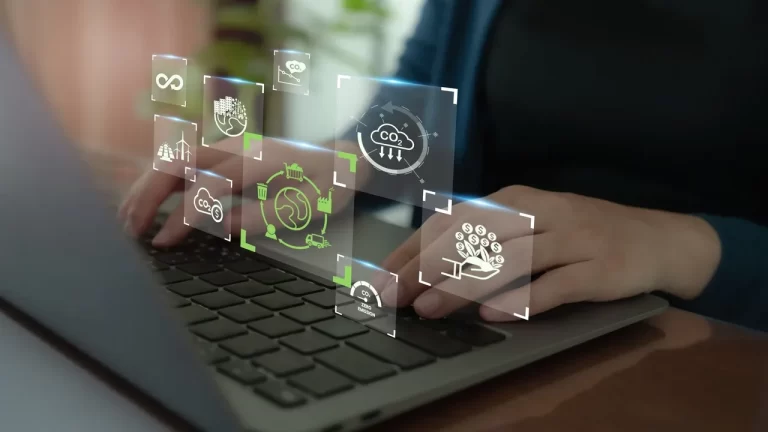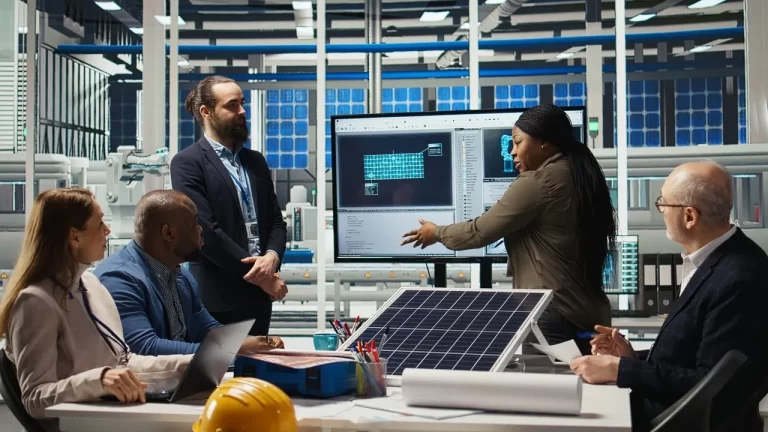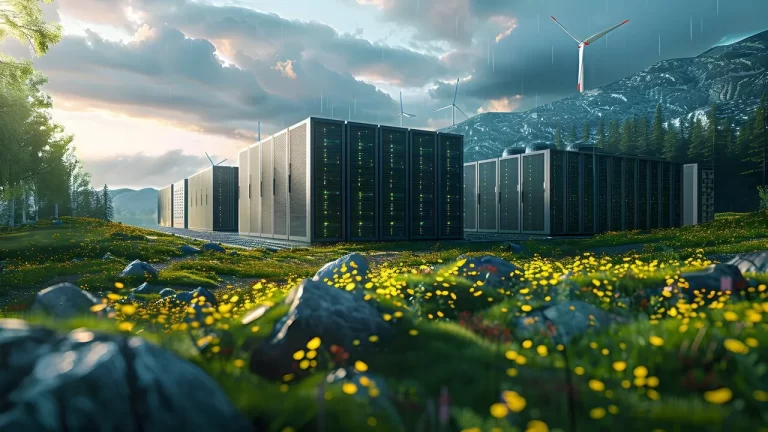With digital demands on the rise, managers at data centers must pay more attention to sustainability. Currently, green data centers contribute to making the energy transition greener by running on renewable energy and advanced computer programs that help save power.
Colocation facilities, where businesses rent space for their servers, are also adapting. Some of the largest data center companies, including Google data centers, Microsoft data centers, and AWS data centers, are leading the way by investing in clean energy and reporting tools to meet new climate rules such as Scope 3 emission reporting starting in July.
However, while more businesses are setting climate goals, terms like “Carbon-neutral” and “renewable-powered” are still used loosely. Clear and honest reporting is now essential for companies that want to take real responsibility for their environmental impact.
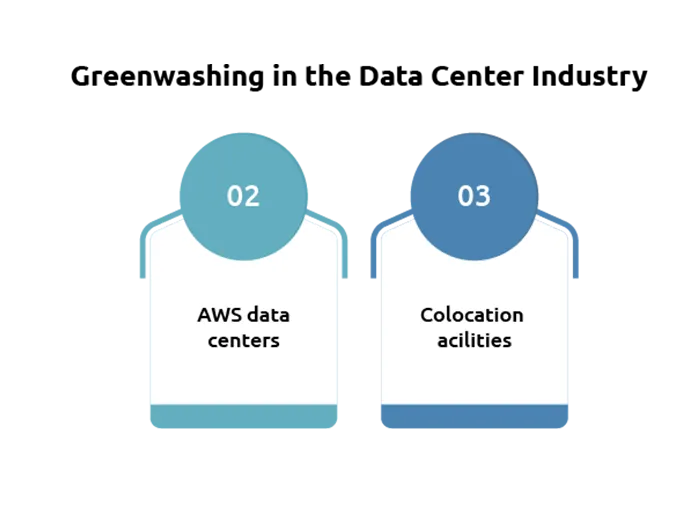
We Need Consistent Counting
How data center operations report their Scope 2 emissions is still uncertain, reflecting the electricity they use. It is crucial in GHG accounting to not count an emission more than one time. Additionally, the GHG protocol suggests reporting methods that are divided by who buys the energy or who uses it. As a result, the industry is surrounded by many unknowns.
In colocation services, the data center company buys the energy, but the customer controls how it’s used. Some operators report the IT power uses their own Scope 2 emissions, while others list it as scope 3, since the customer is actually using the power. Because companies choose different methods, this can lead to double reporting especially on platforms like CDP, where over 23,000 companies share climate data.
Leading data center companies and cloud providers are starting to fix this by choosing the “operational control” method. For example, Iron Mountain Data Centers reports IT power uses as Scope 3, so their customers can count it as their own Scope 2. As more businesses face new reporting rules and consider cloud colocation pricing, having a clear and consistent method for reporting emissions is becoming more important than ever.
Renewables Are Not Enough
As power demand rises especially with the growth of generative AI the data center industry is starting to rethink how it uses energy. Wind and solar power are important, but won’t be enough to support a fully clean energy grid. Instead, data center providers will need to use different types of renewable energy together, depending on the location and need.
To help customers report their emissions, especially Scop 2), sustainable data centers must clearly show the energy mix used at each site and focus on tracking actual CO2 emissions. This will help move the whole industry closer to net-zero goals, with more detailed and accurate reporting.
There’s also a big opportunity here. Many large Companies already have advanced sustainability goals and want their energy use to come from 100% clean sources. Some are even looking for direct use by their servers. This makes the colocation provider not just a space or service vendor, but a real energy partner that supports long-term climate goals for both sides.
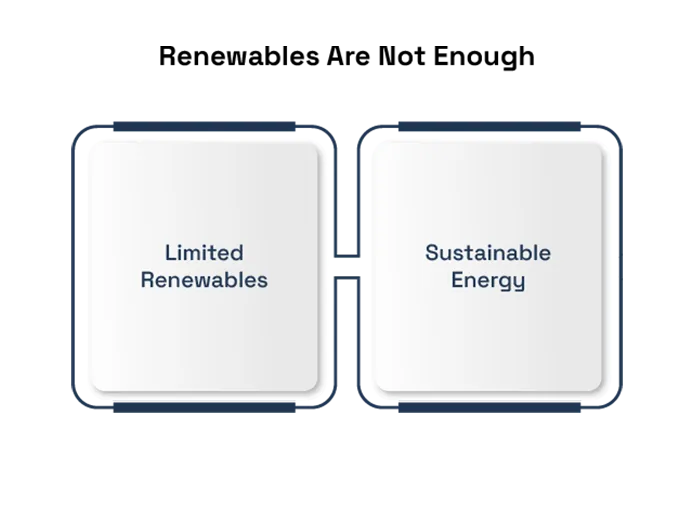
What the Customer wants
More and more, sustainability is becoming a requirement, not just a nice extra. Customers now include environmental standards in their RFPs (Request for Proposals) and expect full reporting. This means data center providers must go beyond just showing PUE(Power Usage Effectiveness) scores. They need to prove they’re taking real steps toward full decarbonisation.
While PUE data centers focus on energy efficiency, today’s customers are also looking for clear, trackable progress in sustainability. It’s no longer enough to only provide strong data center physical security, fast connectivity, uptime, and compliance.
To meet these expectations, providers must offer more than just technical performance. They must show a clear path to low-carbon operations, because that’s what customers want and it’s good for everyone in the long run.



